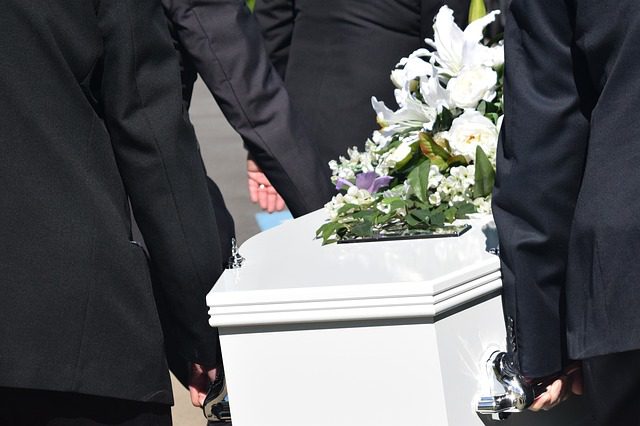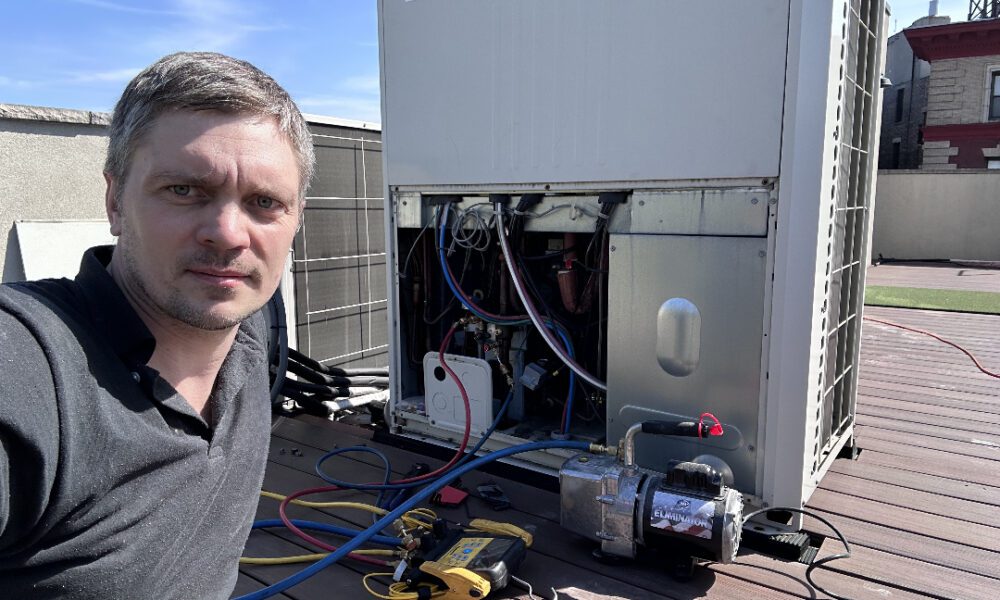Cremation services follow a clear process that helps families understand each stage, from the first arrangements to the final memorial. Funeral homes, crematories, and state laws shape the experience, while cultural traditions and personal preferences influence the details. Before the cremation, paperwork, permits, and family decisions set everything in motion. During the service, the crematory staff ensures procedures meet legal and ethical standards. Afterward, the ashes can be placed in urns, scattered at meaningful locations, or incorporated into keepsakes. Knowing what happens before, during, and after cremation allows families to make informed choices with confidence and peace of mind.
Before Cremation Services
The first stage focuses on planning, paperwork, and deciding how the service will reflect the wishes of the deceased.
Planning and Decision-Making
One of the first decisions involves selecting the type of cremation. Direct cremation offers the most budget-friendly option, typically ranging from $600 to $3,000, with no ceremony included. Families who want a gathering can choose cremation with a memorial service, which often costs between $2,000 and $4,000. A full-service cremation with viewing may exceed $7,000 but includes visitation and a formal ceremony.
Selecting the right provider is equally important. Options include traditional funeral homes, cremation societies, or online-first companies such as DFS Memorials or After.com. The Federal Trade Commission’s Funeral Rule requires providers to give an itemized General Price List (GPL), which allows side-by-side cost comparisons. Beyond prices, families should verify credentials, confirm whether the crematory is on-site, and ask about safeguards for tracking remains.
Understanding costs upfront prevents unpleasant surprises. In addition to the base price, there may be transportation fees ($250–$450), cremation charges ($250–$500), and basic service fees ($500–$3,500). Optional add-ons, such as upgraded urns, can range from $50 to over $1,000.
Legal and Documentation Requirements
Cremation cannot proceed without certain legal steps. Most states require certified death certificates, which cost $10–$25 each, and a cremation permit, such as the $65 fee in Miami-Dade County. Florida law mandates a 48-hour waiting period and medical examiner approval, which may cost $50–$75. An authorized family member or executor must sign the cremation authorization form.
Local and state rules should be checked before making ash disposition plans, especially for scattering in public areas or protected lands.
Personalization and Arrangements
Personal touches help the service reflect the life being honored. This might mean choosing a biodegradable urn for an eco-friendly farewell, commissioning a memorial diamond, or incorporating cultural and religious traditions. Planning for the ashes early avoids delays later—whether they will be scattered, stored, placed in a columbarium, or turned into keepsakes.
Families arranging cremation in advance can lock in today’s rates, protecting against future price increases. Some providers offer payment plans starting at around $25 per month.
What to Expect
The planning process typically takes one to three days, depending on paperwork and provider availability. Body transport is usually arranged within 24 to 48 hours, whether from a hospital, hospice, or home. Expect an initial consultation, either in person, by phone, or online, to discuss options, costs, and logistics.
During Cremation Services
This stage covers the preparation, cremation process, and any optional ceremonies.
Cremation Process
After arrival at the crematory, the body is identified, cleaned, and placed in a basic cremation container, usually made of cardboard or wood. These containers often cost between $50 and $500 and are sometimes included in the price. Embalming is not required for cremation unless a public viewing is planned.
The actual cremation takes place in a specialized chamber heated to 1,400–1,800°F. The process lasts three to five hours, after which the remaining bone fragments are processed into a fine powder. Reputable providers maintain chain-of-custody protocols to ensure the correct remains are returned.
Optional Viewing or Witnessing
Families who want to see their loved one before cremation can arrange a viewing, which requires embalming and a rental casket, adding $500 to $2,000 in costs. Some providers also allow witnessing of the cremation for an additional fee, typically between $100 and $500.
What to Expect
For direct cremation, families are rarely present during the process, and the provider handles all arrangements. While the cremation itself takes only a few hours, paperwork and processing mean ashes are usually returned within 7 to 10 days. Privacy and dignity remain central, but families can request to review the provider’s identification procedures for reassurance.
After Cremation Services
The final stage involves receiving the ashes, holding a memorial, and making long-term arrangements for the remains.
Receiving the Ashes
Ashes are typically returned in a temporary container or a purchased urn. Delivery options include in-person pickup, provider delivery, or shipping by mail, which may incur a $50–$200 fee. Families should check for identification labels or accompanying documents to confirm accuracy.
Memorial Planning
Unlike burial, cremation allows flexibility in memorial timing. Services can be held days, weeks, or months after the cremation, either in-person or virtually. Costs for venue and staff at a funeral home range from $1,000 to $2,000, but many families choose intimate gatherings at home or in a park.
Adding personal elements such as music, photo displays, or cultural rituals makes the memorial more meaningful without increasing costs significantly.
Disposition of Ashes
Options for final disposition include scattering in a meaningful location, storing in an urn at home, placing in a columbarium, or burial in a cemetery. Costs vary widely, columbarium niches may range from $1,000 to $60,000, while burial plots typically cost $350 to $3,000. Keepsakes like memorial jewelry or glass art provide another way to preserve a connection.
Post-Memorial Steps
After the memorial, families often send thank-you notes, share photos, or plan annual remembrances. Finalizing paperwork, such as death certificates for legal or estate purposes, is also important. Access to grief counseling, hospice services, or support groups can help with the emotional aftermath.
What to Expect
The days after cremation may be emotionally intense. Support from friends, family, or clergy can help ease the burden. Long-term decisions about ash placement or keepsake distribution can be made at the family’s pace.
Conclusion
Cremation services in the US involve more than just the cremation itself. From initial planning to final memorial, each stage offers opportunities for personalization and cost management. Understanding the process helps families make confident decisions, honor their loved one’s memory, and ensure a respectful farewell without unnecessary stress or expense.































